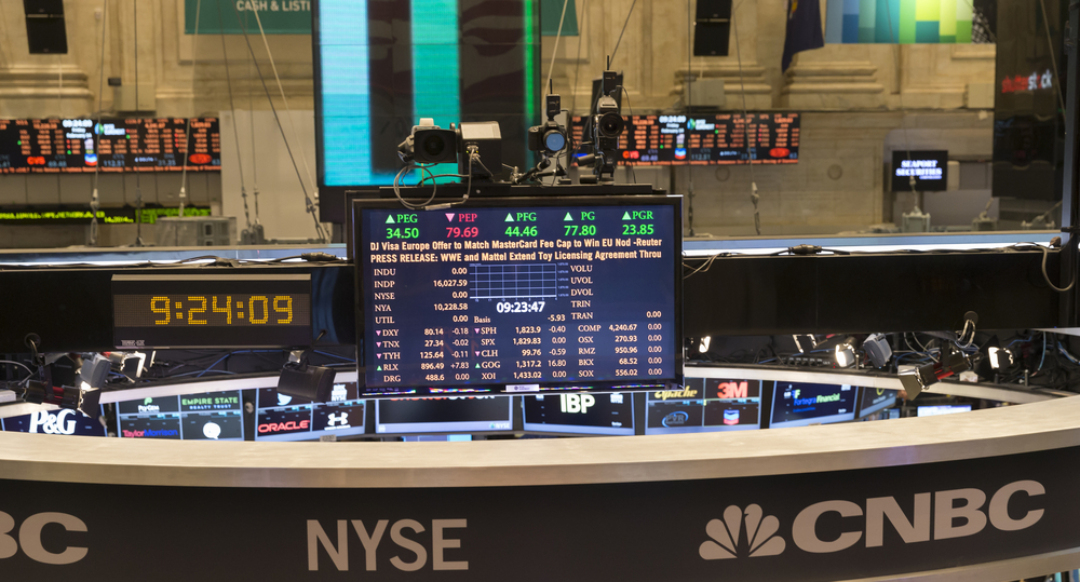
Stock market crashed (Black Monday) with Dow Jones Industrial Average dropping 508 points
On Oct. 19, 1987, the stock market crashed (Black Monday) with Dow Jones Industrial Average dropping 508 points or nearly 23% with 604 million shares traded.
The first contemporary global financial crisis unfolded in the autumn of 1987 on a day known infamously as “Black Monday.” A chain reaction of market distress sent global stock exchanges plummeting in a matter of hours. In the United States, the Dow Jones Industrial Average (DJIA) dropped 22.6 percent in a single trading session, a loss that remains the largest one-day stock market decline in history. At the time, it also marked the sharpest market downturn in the United States since the Great Depression.
The Black Monday events served to underscore the concept of “globalization,” which was still quite new at the time, by demonstrating the unprecedented extent to which financial markets worldwide had become intertwined and technologically interconnected. Black Monday led to a number of noteworthy reforms, including exchanges developing provisions to pause trading temporarily in the event of rapid market sell-offs. In addition, the Federal Reserve’s response set a precedent for the central bank’s use of “liquidity” to stem financial crises.
Tags:
Source: Federal Reserve History
Credit:
